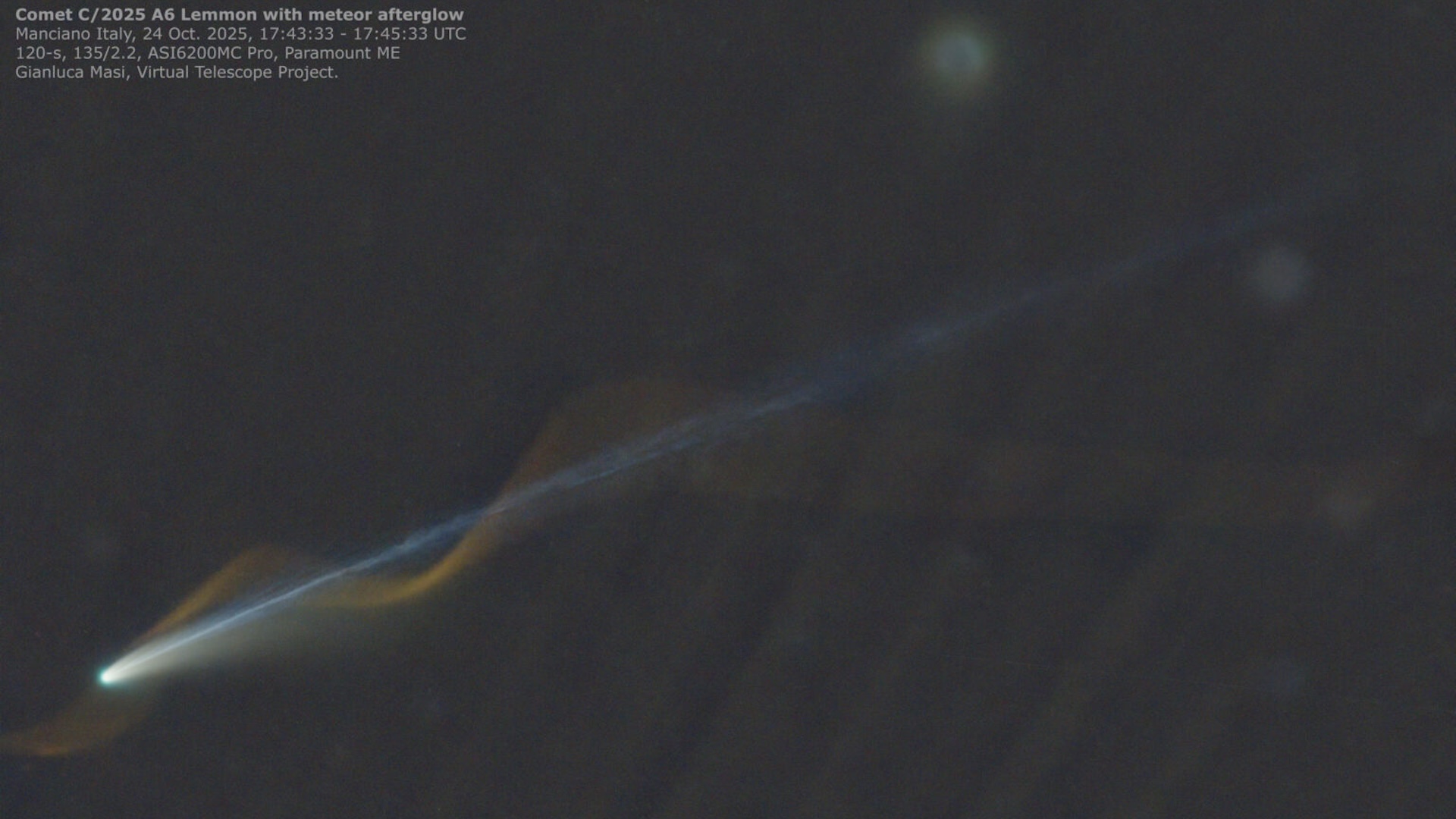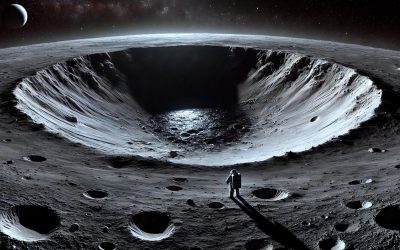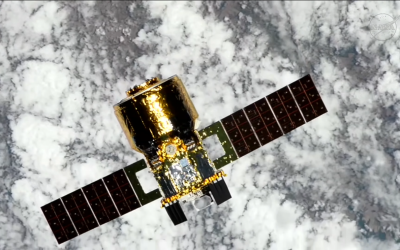An astronomer observing from Manciano, Italy, recently captured a truly remarkable celestial event: a luminous comet appeared spectacularly entwined with the corkscrewing trail of a meteor. Both brilliant objects commanded the same section of the night sky, presenting an extraordinary dual display famously likened to a “cosmic barber shop pole.”
Capturing both a foreground meteor and a distant comet in a single photograph represented an extraordinary alignment against all cosmic odds. Given the millions of miles separating these celestial phenomena, the probability of such a perfectly timed shot was an event of astounding rarity.
In a stunning photograph captured by astronomer Gianluca Masi, founder of The Virtual Telescope Project, the afterglow of a meteor appears to intricately coil around the ion tail of a distant comet. Masi described this remarkable visual alignment as “a pure perspective miracle.” He clarified that while the meteor’s afterglow is an atmospheric effect, the comet itself was an extraordinary 100 million kilometers (62 million miles) away, underscoring the vast distances involved in creating such an illusion.
Comet C/2025 A6 (Lemmon) has recently captivated skywatchers, headlining a trio of celestial visitors currently gracing our solar system. Sharing the cosmic stage are Comet R2 (SWAN) and the intriguing interstellar guest, 3I/ATLAS.
Comet Lemmon, which made its closest approach to Earth on October 21, stands out as the brightest of these three comets. Its luminosity has allowed it to remain readily visible for several subsequent days, offering accessible viewing opportunities through simple telescopes and standard stargazing binoculars.
On the night of October 24, a rare astronomical event unfolded for observer Masi. While tracking a comet, clearly identifiable by its distinctive long, blue tail—a luminous stream of ionized gas propelled by the solar wind—Masi witnessed an additional, fleeting spectacle. For several minutes, a separate, streamer-like structure materialized near the comet: the ethereal, wispy remnants of an ion trail, evidence of a meteor’s swift descent through Earth’s atmosphere.
During Masi’s observations, a mesmerizing golden line, unfurling in a spiral around the comet, continuously evolved. For a brief period, this dynamic meteor trail appeared so integrated with the celestial body that it seemed almost indistinguishable from the comet itself. However, this captivating phenomenon is not a cometary feature. Instead, it is the dramatic outcome of intricate chemical reactions ignited in the Earth’s atmosphere by the meteor’s incredibly swift passage.
According to Masi, the observed phenomenon stems from a specific atmospheric interaction: a meteor’s passage through the atmosphere causes molecular oxygen to ionize. This energized oxygen subsequently recombines, leading to the emission of light at a particular wavelength.
Despite hurtling through the atmosphere at astonishing speeds, often exceeding 100,000 mph (160,000 km/h), meteor trails possess a unique ability to linger in the sky for several minutes, according to NASA. This temporary persistence allows powerful high-altitude winds to intricately sculpt the glowing remnants into mesmerizing, meandering streamer shapes. This dynamic phenomenon was vividly illustrated in a time-lapse video posted on YouTube by Masi, which captured a luminous trail dramatically whipping and shifting across the sky for several minutes, positioned strikingly in front of a comet.
Spiral meteor trails, a phenomenon largely underexplored by researchers, are considered remarkably rare. Historical academic papers from the 1980s and 1990s estimated that a mere 0.5% of observed meteors produced a nonlinear trail. However, the certainty of this statistic is widely questioned, with experts suggesting the figure may have been skewed by the suboptimal camera settings prevalent in meteor trail recording technology of that era.
The annual Orionid meteor shower, a celestial event generated by Earth’s passage through the dusty remnants of Halley’s Comet, reached its peak intensity on the nights of October 20-21. This spectacle notably coincided with Comet Lemmon’s brightest appearance in the night sky. While the shower is now gradually waning, stargazers still have an opportunity to witness these “shooting stars,” as the Orionids will remain active until November 7. Observers are encouraged to scan the skies for potential sightings of these luminous streaks before the shower concludes its run.







